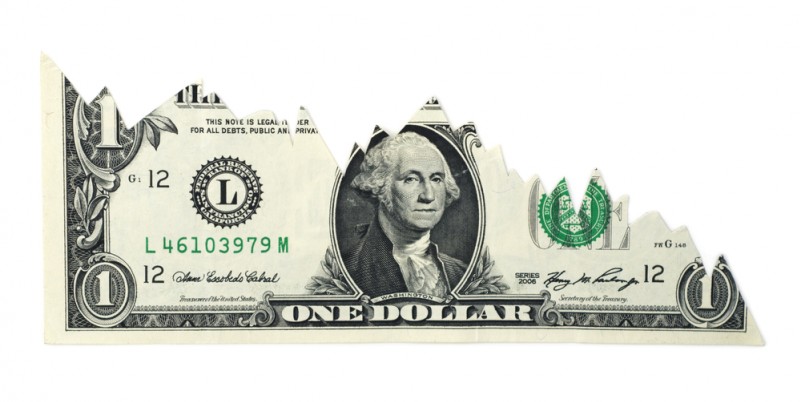How to calculate your variable mortgage payment when interest rates increase

Mortgage payments are compounded annually (or semi-annually). A fixed rate mortgage means you pay the same amount every month. A variable rate mortgage means that the amount of you pay every month can vary. You must always pay a set amount of principal or else your balance owing will never go down and you’ll never pay off your mortgage. The interest is what causes the rates to fluctuate.
That's the part that will get you. Variable rates are always cheaper than fixed, and that can work in borrowers’ favour when interest rates are low. But as inflation hits and interest rates rise, the costs of a variable rate mortgage balloon quickly.
With rising interest rates, anyone with a variable rate mortgage is paying more, and that amount is only going up. If you want to see how much a one-percent increase is, check out the calculations below.
We have to start with some assumptions. (These are quick and dirty calculations and are not meant to be to the penny.)
SCENARIO A
Your mortgage is $100,000.
Your current, variable-rate interest rate is Prime plus 1.8%, compounding annually (if the prime rate is 1.5% + 1.8% for the bank, you are paying 3.3%)
You have a 25-year amortization.
Your current monthly mortgage payment is $480
This is long but shouldn’t be hard to follow.
$480 payments x 12 = $5760
$100,000 x 3.3% = $3300 a year in interest, or $275 per month
This means you are paying $3300 a year in interest and $2460 down on your principal.
Monthly, this breaks down to $205 principal an $275 interest.
But what happens when the prime rate increases? Let’s say it increases 1% over six months.
SCENARIO B (increased prime rate)
Your mortgage is $100,000.
Your current, variable-rate interest rate is prime plus 1.8%, compounding annually (if the prime rate is now 2.5% + 1.8% for the bank, you are paying 4.3%)
You have a 25-year amortization.
What is your new monthly mortgage payment?
$100,000 x 4.3% = $4300 a year in interest
$4300 interest paid over 12 months = $358 per month
If you were already $205 per month on your principal, the bank won’t let you decrease that amount because otherwise you won’t pay the balance of the mortgage off in 25 years.
Now you’re paying $205 (principal) plus $358 (interest) per month for a total monthly payment of $563.
Old: $480
New: $563
That’s an additional $83 per month on your mortgage – just in interest payments!
Now multiply it by the amount owing on your mortgage, based on last year’s year-end mortgage statement balance.
If you have a $250,000 mortgage, that is ($83 x 2.5) $207.
If you’re carrying a $500,000 mortgage, you are now paying an additional ($83 x 5) $435 per month in interest.
Depending on the term left on your mortgage, you might want to consider refinancing it early. If you have a banker you trust, why don’t you make an appointment and see what they can suggest to help you stabilize your monthly payments before the next prime rate hike. Or if you’re unhappy with your current lender, it might be a good time to shop around.